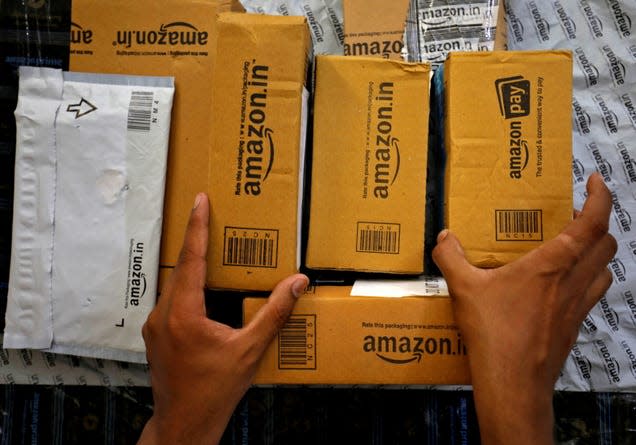What is wrong with Amazon in India?

US e-commerce behemoth Amazon had big dreams for its India business. Since 2013, it has invested more than $6.5 billion, eyeing the top market position in what is one of its fastest-growing overseas markets.
Not everything has gone as planned, though.
Read more
The India unit on Monday (Nov. 28) announced discontinuing Amazon Distribution, launched in 2020 to integrate small retailers, pharmacies, and department stores more tightly with its business.
“We don’t take these decisions lightly. We are discontinuing this program in a phased manner to take care of current customers and partners and we are supporting our affected employees during this transition,” the company said in a statement.
Amazon’s withdrawal follows the winding up of some of its other businesses, too, in India.
For instance, its online learning academy, launched during the Covid-19 lockdown in 2020, couldn’t match up to the likes of Byju’s and Unacademy.
“Amazon will discontinue Amazon Academy’s operations in a phased manner, starting August 2023, when our existing batch completes its test preparation module,” it said last week.
It was also forced to pull the plug on its food delivery business on Nov. 25, buckling before Zomato and Swiggy.
The American firm’s decision to curtail some of its India operations has come along with its move to lay off thousands across verticles globally amid fears of recession.
In India, though, Amazon is battling other challenges, too.
What’s happening with Amazon in India
India’s e-commerce market is expected to reach $133 billion in 2025 from $72 billion this year, according to AllianceBernstein, a US-based market research firm. The growth, AllianceBernstein estimates, will largely be driven by small towns and villages, which the US retailer hasn’t been able to penetrate as much as it would like.
It has faced ferocious competition beyond India’s tier-1 cities from both, older rivals like Walmart-owned Flipkart and Reliance Retail and younger ones like Meta backed-Meesho.
“Reliance leads in e-grocery/online-to-offline categories with 15,000-store retail footprint and a stronger inventory-led model...Flipkart has maintained leadership in the apparel category with 2x size of the nearest competition,” AllianceBernstein’s September report said.
“But newer players like SoftBank-funded Meesho ($5 billion GMV) are winning the faster-growing tier II/III cities where Amazon has struggled to gain traction, given low pricing, and zero commissions.”
Besides, India’s Tata group is expanding its e-commerce reach across verticles. Then there is the government’s own e-commerce aggregator, launched in July.
Amazon also faces regulatory hurdles in the country.
For instance, foreign companies like it aren’t allowed to own inventory and no single seller on its platform can have more than 25% of the market share. This is proving to be a disadvantage for the firm.
The success of retail categories like grocery and FMCG is highly dependent on retailers’ inventories and supply-chain logistics. Amazon hasn’t, therefore, been able to match Indian firms like Reliance Retail on this front.
Amid the expected global turmoil, therefore, Amazon may be either playing it safe in India or reworking its game plan altogether.
More from Quartz
Sign up for Quartz's Newsletter. For the latest news, Facebook, Twitter and Instagram.
